The Climate Ambition Gap
How a new vision of the voluntary carbon market can help the world reach critical global climate targets.
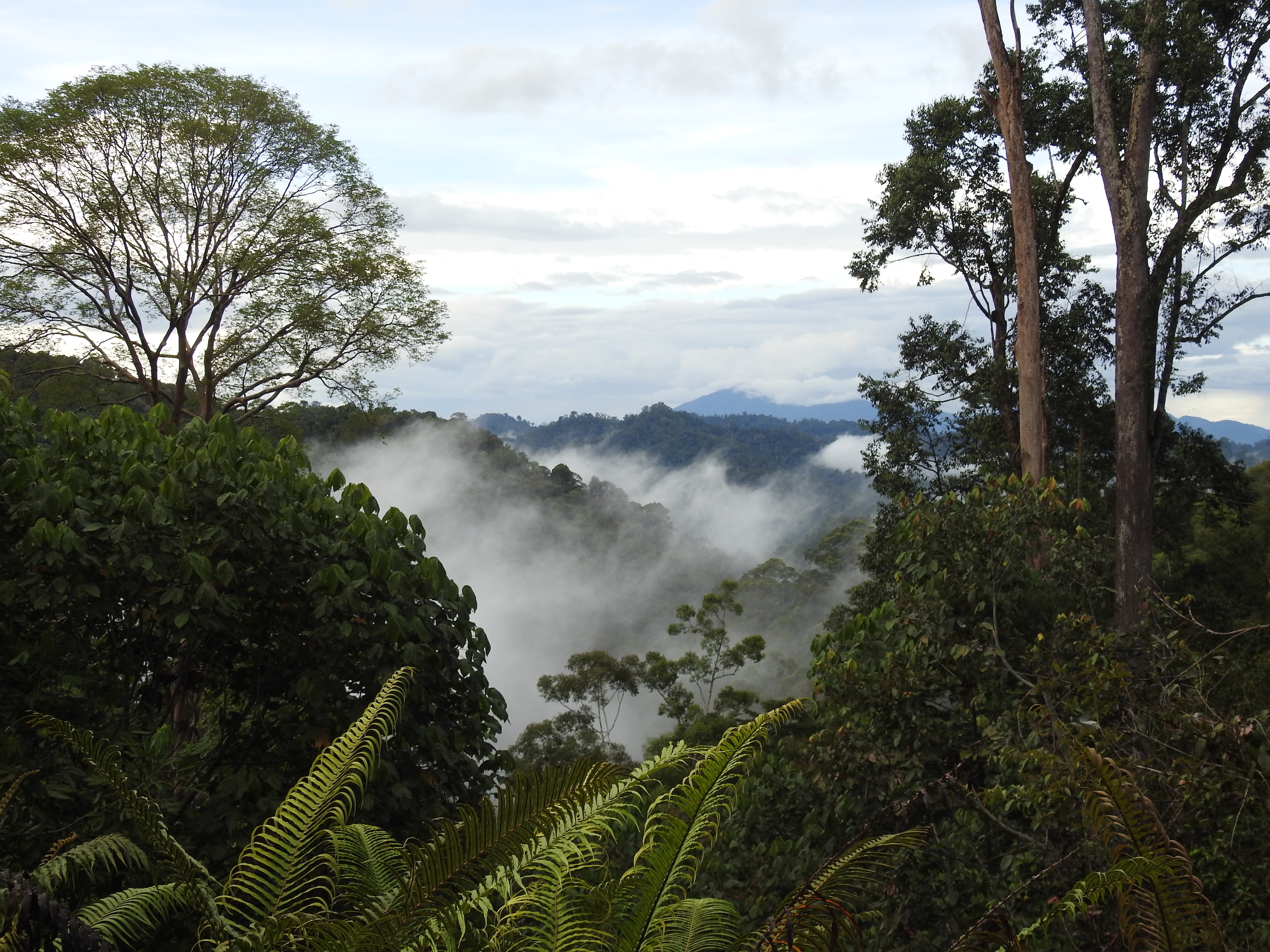
are actions to protect, better manage and restore nature to reduce greenhouse gas emissions and store carbon.
Science led by TNC shows that—combined with cutting fossil-fuel use and accelerating renewable energy— these solutions for climate change can help us avoid the worst impacts of the climate crisis.
TNC helps expand these critical efforts through science and partnership. We work with governments, businesses and communities to implement on-the-ground projects that show how nature can make the people and the planet safer. And we conduct cutting-edge science to further our understanding of nature as a climate solution to ensure we’re making the best investments in the most effective strategies.
Sign up for Global Insights Newsletter
Come along each month as we explore the latest real-world solutions to the most complex challenges facing people and the planet today, all in 5 minutes or less.
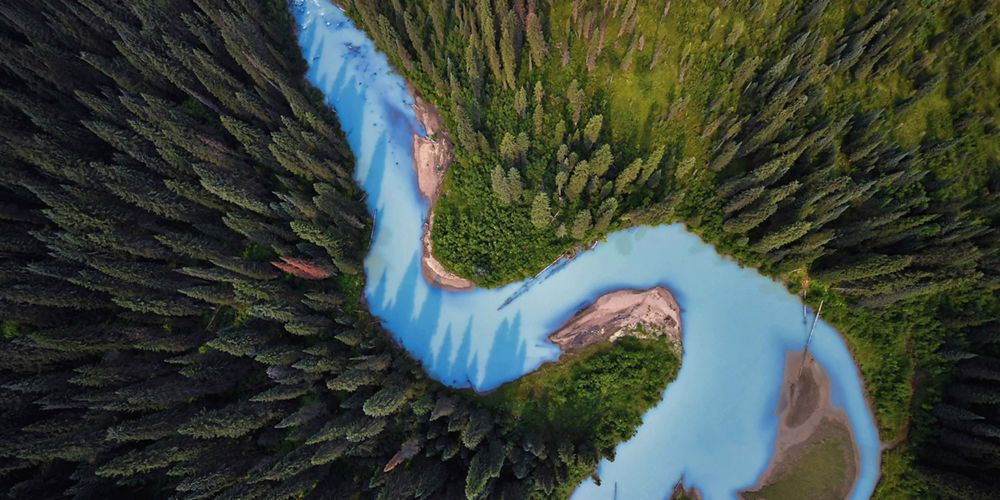
See how farmers in Brazil are planting native trees on agricultural lands in a practice called agroforestry, which provides food security and economic opportunity.
Meet the farmers and scientists in Indonesia and Minnesota, U.S. who are rewetting peatlands to help bring back essential biodiversity and provide clean water.
Learn about a project in Papua New Guinea that empowers local women to restore mangrove forests, ensuring food sustainability and making coastlines more resilient.
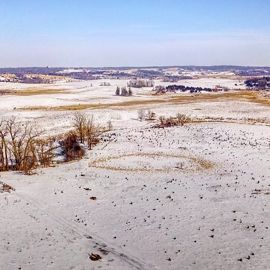
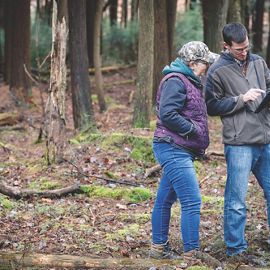
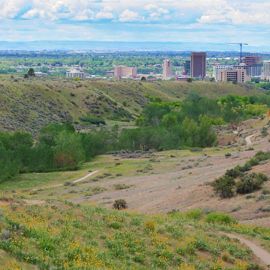

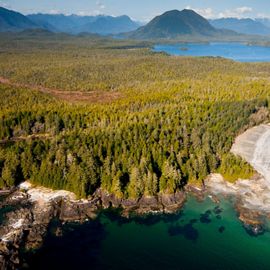

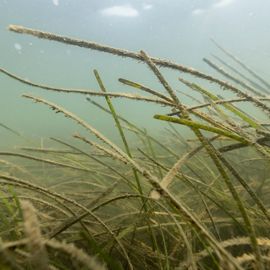

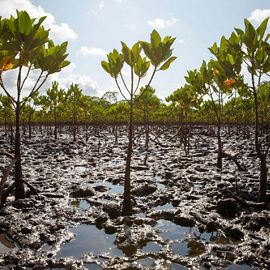
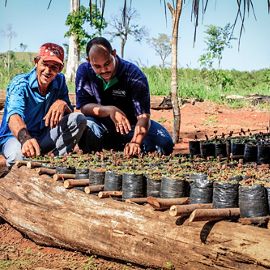
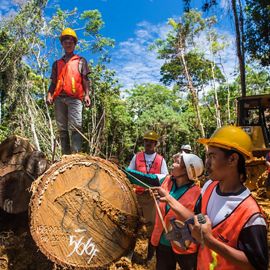
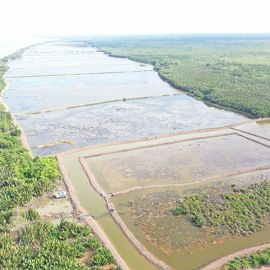
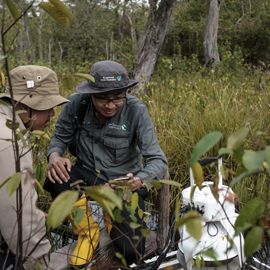
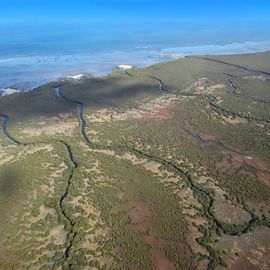
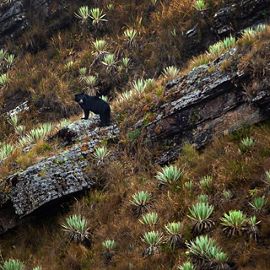

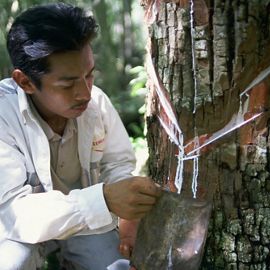
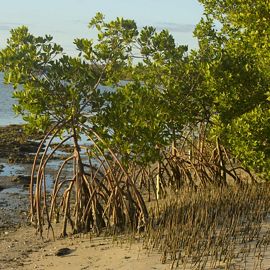

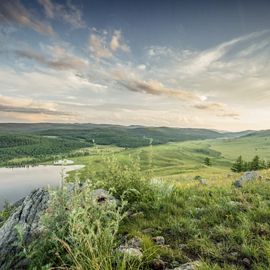



In 2017, The Nature Conservancy led a landmark study that showed how natural solutions for climate change designed to protect, better manage and restore forests, grasslands and wetlands could contribute up to a third of the emissions reductions we need to avoid the worst impacts of climate change. The authors developed a framework to distill the evidence into natural climate solutions pathways that demonstrate the full climate potential of nature.
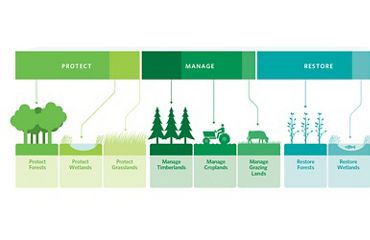
Globally, natural solutions for climate change could deliver up to a third of the emission reductions the world needs by 2030.
Check out our latest thinking and real-world solutions to some of the most complex challenges facing people and the planet today. Get the newsletter.
Our groundbreaking study found that natural climate solutions can provide up to one-third of the mitigation needed by 2030 to keep global temperatures livable.
Since then, TNC scientists and partners have continued investigating how, when and where to invest in natural climate solutions to deliver on the world's most urgent climate goals. Our experts have published more than 50 studies that demonstrate the power of natural climate solutions in the United States, Canada, Indonesia and around the world.
Defining what constitutes real, high-integrity natural climate solutions is critical so we can implement them effectively. These principles provide practical guidance on what constitutes a natural climate solution so that investments can be made with confidence. NCS must be nature-based, sustainable, climate-additional, measurable and equitable.
Principle 1.1: Natural climate solutions result from the human stewardship of ecosystems.
Principle 1.2: Natural climate solutions do not move ecosystems further from their natural state.
Principle 2.1: Natural climate solutions sustain biodiversity.
Principle 2.2: Natural climate solutions sustain food production.
Principle 2.3: Natural climate solutions sustain fiber and wood production.
Principle 2.4: Natural climate solutions sustain climate adaptation services.
Principle 3.1: Natural climate solutions provide additional climate mitigation that would not happen without intervention.
Principle 3.2: Natural climate solutions provide durable mitigation.
Principle 3.3: Natural climate solutions are not used to compensate for emissions that need to be avoided to avoid climate crisis.
Principle 4.1: Natural climate solutions must quantify their climate benefit as consistently and completely as possible.
Principle 4.2: Natural climate solutions accounting is conservative.
Principle 4.3: Natural climate solutions with uncertainty ranges greater than the estimated climate mitigation should be flagged as emerging.
Principle 4.4: Natural climate solutions accounting avoids double counting.
Principle 5.1: Natural climate solutions respect human rights.
Principle 5.2: Natural climate solutions respect Indigenous self-determination.
Groundbreaking research by TNC and 15 other institutions, published in the Proceedings of the National Academy of Sciences. Read key takeaways from the study
Explore our Natural Climate Solutions Resource Center to see the latest science, research and case studies demonstrating how nature can help increase carbon storage and avoid greenhouse gas emissions around the world. See a list of studies about NCS
Natural climate solutions are good for people and nature. Strategies to protect, better manage and restore ecosystems not only reduce greenhouse gas emissions, they can also promote biodiversity, provide clean air and water, and make communities more resilient to the impacts of climate change.
Biodiversity benefits can include: improved or sustained diversity in animal species via available habitat, food sources, or connectivity between patches of habitat that allow species to move across landscapes for food and water, to seek shelter, or to procreate. Plant species diversity, which is also supported by protection, natural restoration, agroforestry or other NCS pathways, ensures the overall health and resilience of ecosystems.
Human wellbeing benefits can include: human health via improved air or water quality or heat regulation; improved economic and material living standards; security and stability; improved social relations; upholding of cultural and spiritual values and practices.
Ecosystem services can include: natural habitat improving the pollination of insect-pollinated crops; roots of trees and vegetation stabilizing soil, encouraging rainwater infiltration, decreasing erosion and improving the retention of nitrogen and other nutrients in the soil that can be harmful if released via run-off into waterways; tree coverage providing heat regulation and shade for people and wildlife; or coastal vegetation such as mangroves reducing flood risk and coastal hazards from storm surges.
Globally, natural climate solutions could deliver up to a third of the emission reductions needed by 2030 to avoid the worst impacts of climate change.

Nature provides sources of food and shelter for mammals, birds, and insects. It also creates ecosystem connectivity, or wildlife corridors—stretches of habitat that allow species to move around safely.
See this example from Belize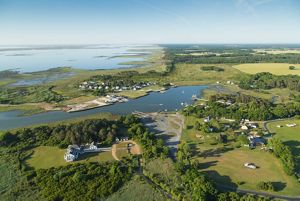
Natural disasters are getting worse but natural climate solutions can help ease the danger. For example, coral reefs will reduce the impacts of damaging storm surges, protecting infrastructure and people.
Making stronger coastlines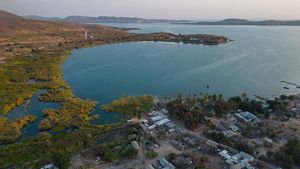
It protects the air we breathe and the water we (and other species) need to survive. For example, healthy peatlands and wetlands can remove aquatic nutrients, sediments and pollutant metals from the water.
See this example from Africa
Actions like improved forest management and regenerative farming practices can create new jobs, supporting rural economies and local communities while also protecting nature.
See Brazil's planTNC is a leader in NCS science with decades of experience working in partnership with stakeholders and rightsholders around the world.